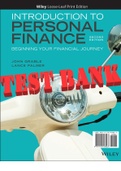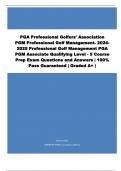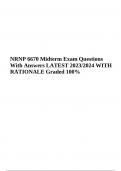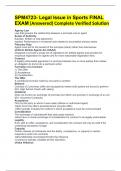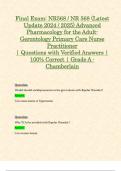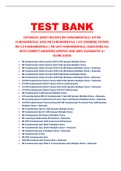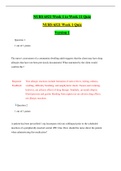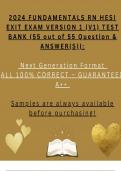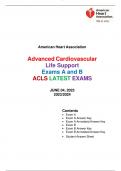Exam (elaborations)
Introduction to Personal Finance: Beginning Your Financial Journey 2nd Edition by Palmer and Grable | All 10 Chapters | SOLUTIONS MANUAL
- Course
- Institution
- Book
SOLUTIONS MANUAL for Introduction to Personal Finance: Beginning Your Financial Journey 2nd Edition by Lance Palmer and John E. Grable. ISBN-10 3, ISBN-13 978-7. 10 Chapters (Comp lete Download). TABLE OF CONTENTS Chapter 1: Beginning Your Financial Journey: The Interior Finance Point Chapter 2: T...
[Show more]
